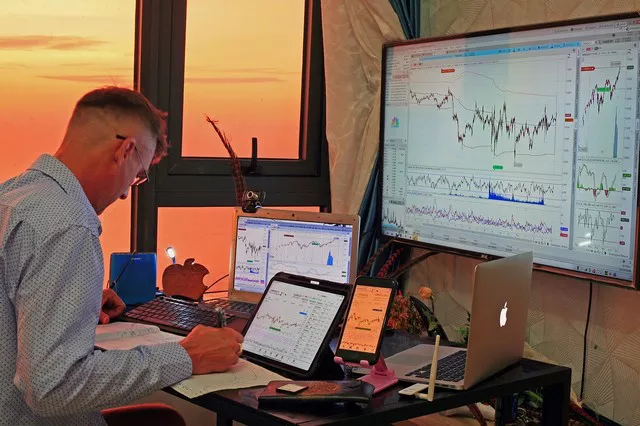Trading futures is a dynamic and versatile practice that allows participants to speculate on the future price movements of various assets, from commodities to financial instruments. As a cornerstone of the financial markets, trading futures offers unique opportunities for investors and traders to manage risk, diversify portfolios, and potentially generate profits.
Understanding Trading Futures
Trading futures involves entering into a standardized contract to buy or sell an asset, whether it’s a commodity like oil or a financial instrument like stock indices, at a predetermined price on a specified future date. These contracts are traded on futures exchanges and offer participants a way to gain exposure to various markets without owning the underlying assets.
The Mechanics of Trading Futures
Trading futures is distinct from traditional stock trading, and its mechanics are essential to comprehend. When engaging in futures trading, participants are required to deposit an initial margin—a fraction of the contract’s total value—to initiate a position. This margin serves as collateral and ensures that traders have sufficient funds to cover potential losses.
Leverage and Trading Futures
One of the distinguishing features of trading futures is leverage. Leverage allows traders to control a more substantial position with a relatively small amount of capital. While leverage can amplify potential returns, it also magnifies potential losses. Therefore, it’s crucial for traders to exercise caution and manage their risk effectively when utilizing leverage in futures trading.
Market Participants in Trading Futures
Trading futures attracts a diverse range of market participants with varying objectives. Hedgers, such as farmers and manufacturers, use futures contracts to lock in future prices and mitigate potential losses due to price fluctuations. Speculators, on the other hand, seek to profit from price movements without a direct interest in the underlying asset. Their participation adds liquidity and contributes to the efficiency of the futures market.
Key Advantages of Trading Futures
Trading futures offers several notable advantages:
1. Diversification: Futures trading allows participants to diversify their investment portfolios across different asset classes, reducing overall risk.
2. Hedging: Hedgers can use futures contracts to manage price risk, ensuring price stability for their products or raw materials.
3. Liquidity: Futures markets are highly liquid, enabling participants to enter and exit positions with ease.
4. Profit Potential: Speculators have the opportunity to profit from both rising (going long) and falling (going short) markets.
5. Accessibility: Futures markets are accessible to a wide range of investors, from individual traders to institutional players.
Strategies for Successful Futures Trading
Successful futures trading requires a well-defined strategy and an understanding of market dynamics. Some popular strategies include day trading, swing trading, and trend-following. Additionally, technical and fundamental analysis techniques are commonly employed to make informed trading decisions.
Risk Management in Trading Futures
Effective risk management is paramount in trading futures. Traders should set stop-loss orders to limit potential losses and avoid risking a significant portion of their capital on a single trade. Diversifying positions, using appropriate position sizing, and avoiding over-leveraging are crucial aspects of prudent risk management.
Factors Influencing Futures Prices
Several factors influence futures prices, and understanding these variables can help traders make informed decisions. Economic indicators, geopolitical events, supply and demand dynamics, and weather conditions are some of the key drivers that impact futures prices.
Conclusion
Trading futures is a multifaceted endeavor that offers opportunities for both hedging and speculation across various markets. Aspiring futures traders should invest time in understanding the mechanics, risks, and strategies associated with this dynamic practice. While the potential for profit is enticing, it’s essential to approach trading futures with careful consideration, discipline, and a commitment to ongoing learning. With the right knowledge and approach, trading futures can become a valuable tool in achieving financial goals and navigating the complexities of the global financial markets.


